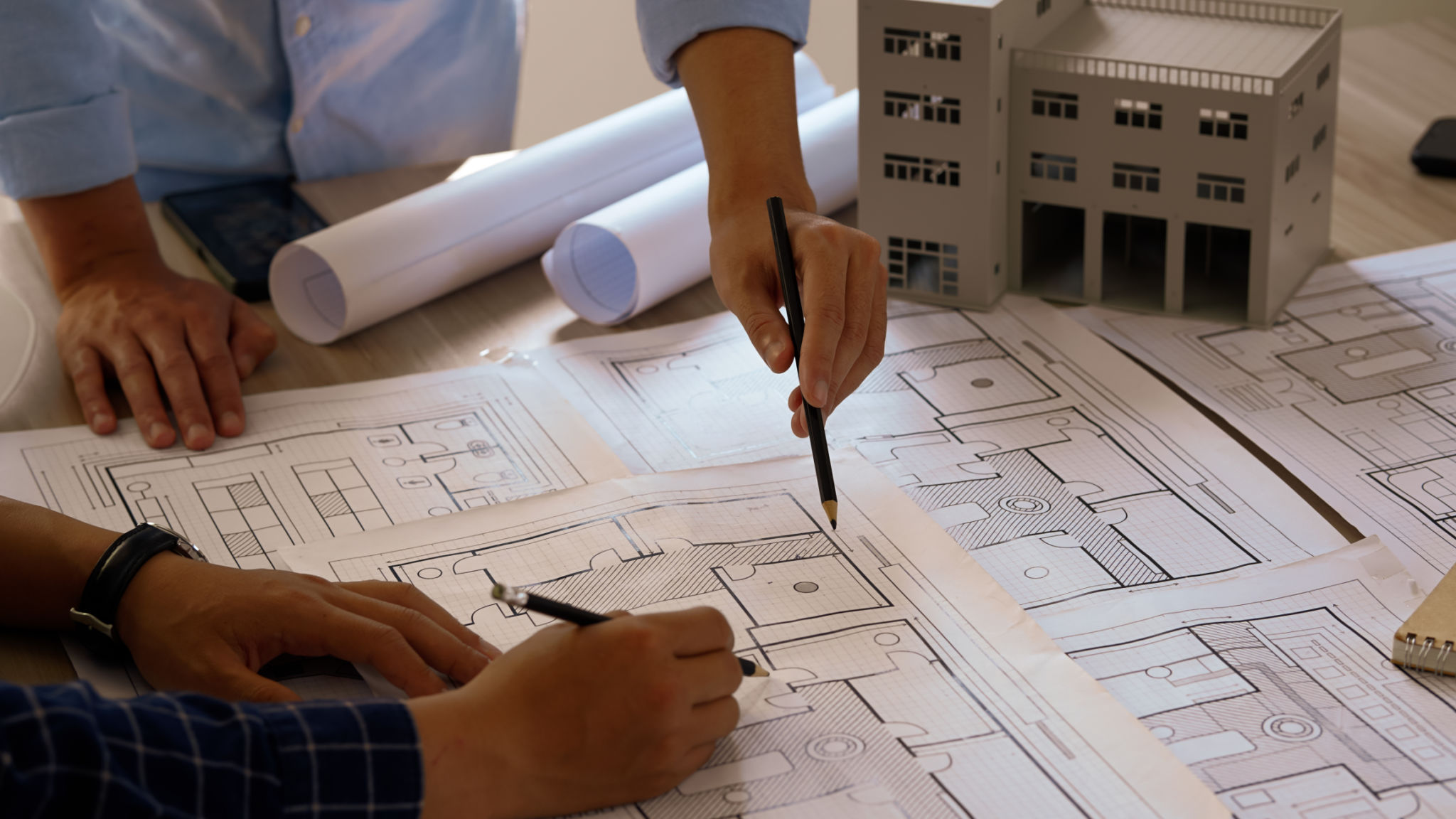Understanding the Steps in the Construction Process: A Guide for First-Time Home Builders
Introduction to the Construction Process
Building your first home is an exciting journey, filled with anticipation and plenty of decisions. While the process might seem daunting at first, understanding the steps involved can make it more manageable and enjoyable. This guide aims to demystify the construction process for first-time home builders, offering a clear roadmap from planning to completion.

Pre-Construction Planning
The construction process begins long before any ground is broken. Planning is crucial to ensure that the project runs smoothly. This phase involves selecting a suitable plot, designing the house with an architect, and obtaining necessary permits. It's a time for setting a realistic budget and deciding on key features and specifications.
Choosing the Right Location
Location is everything when it comes to real estate. Consider factors such as proximity to amenities, schools, and work, as well as the neighborhood's character. Once you've settled on a location, ensure that the site is suitable for building and meets all zoning requirements.

Design and Permits
After selecting a location, the next step is to work with an architect or designer to create your dream home. This stage involves creating blueprints and deciding on architectural styles, floor plans, and materials. It’s essential to communicate clearly with your designer to ensure your vision is accurately translated into plans.
Securing Permits
No construction can begin without the necessary permits. These documents are crucial for ensuring that your home complies with local building codes and regulations. The permit process can vary depending on your location, so it’s wise to consult with local authorities early in the planning process.

The Construction Phase
With plans and permits in hand, construction can finally begin. This phase involves several key stages:
- Site Preparation: Clearing the land and preparing it for construction.
- Foundation: Laying the groundwork that will support your home.
- Framing: Building the skeleton of the house.
- Exterior Work: Installing walls, windows, and roofing.
- Interior Work: Plumbing, electrical, insulation, and drywall installation.
Ensuring Quality Control
Throughout the construction phase, quality control is paramount. Regular inspections should be conducted to ensure that all work meets the required standards. Hiring a project manager or staying closely involved can help keep the project on track.

Final Touches and Moving In
As construction nears completion, attention turns to finishing touches. This includes painting, flooring, and installing fixtures and appliances. Landscaping is often completed during this phase as well. Once all work is finished, a final inspection will be conducted to ensure everything is in order before you receive a certificate of occupancy.
Preparing for Move-In
The last step is preparing for move-in day. Conduct a thorough walk-through to identify any minor issues or touch-ups needed. Once satisfied, you can move in and begin enjoying your new home.

Conclusion
Understanding each step in the construction process can help alleviate some of the stress associated with building a new home. While challenges may arise, having a clear plan and knowledgeable team will guide you through to completion. Remember that building your first home is not just about creating a space but also about crafting an environment where memories will be made for years to come.
